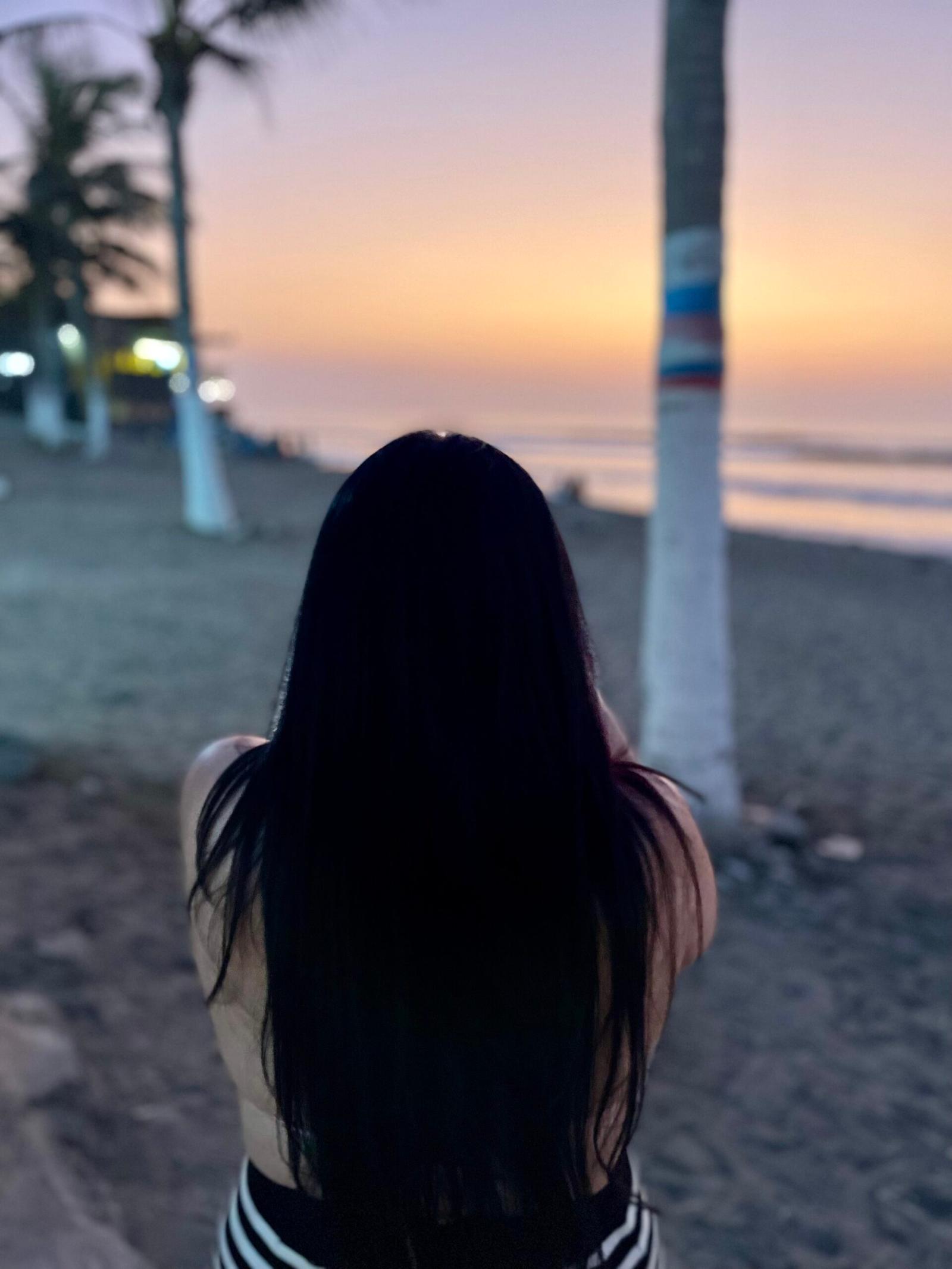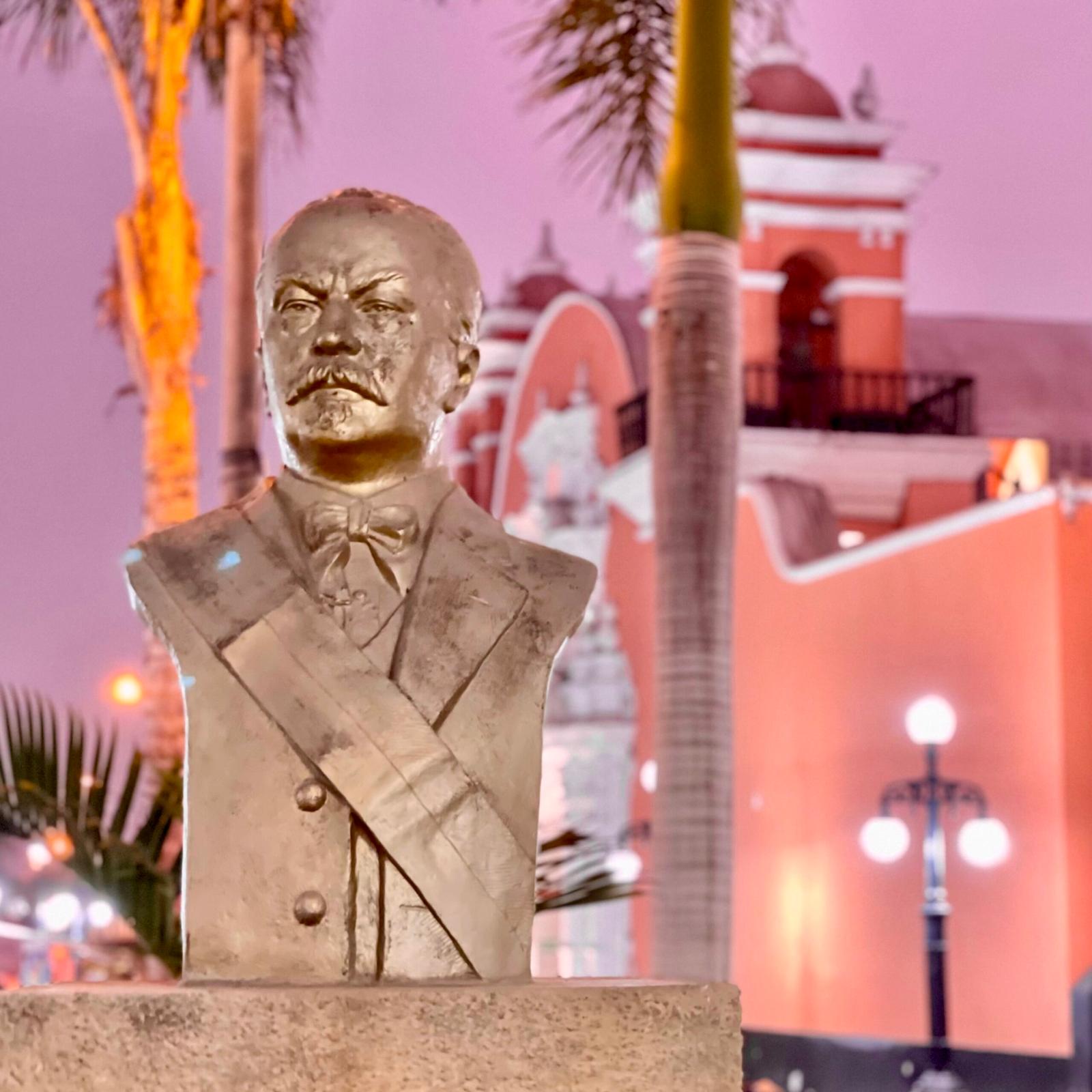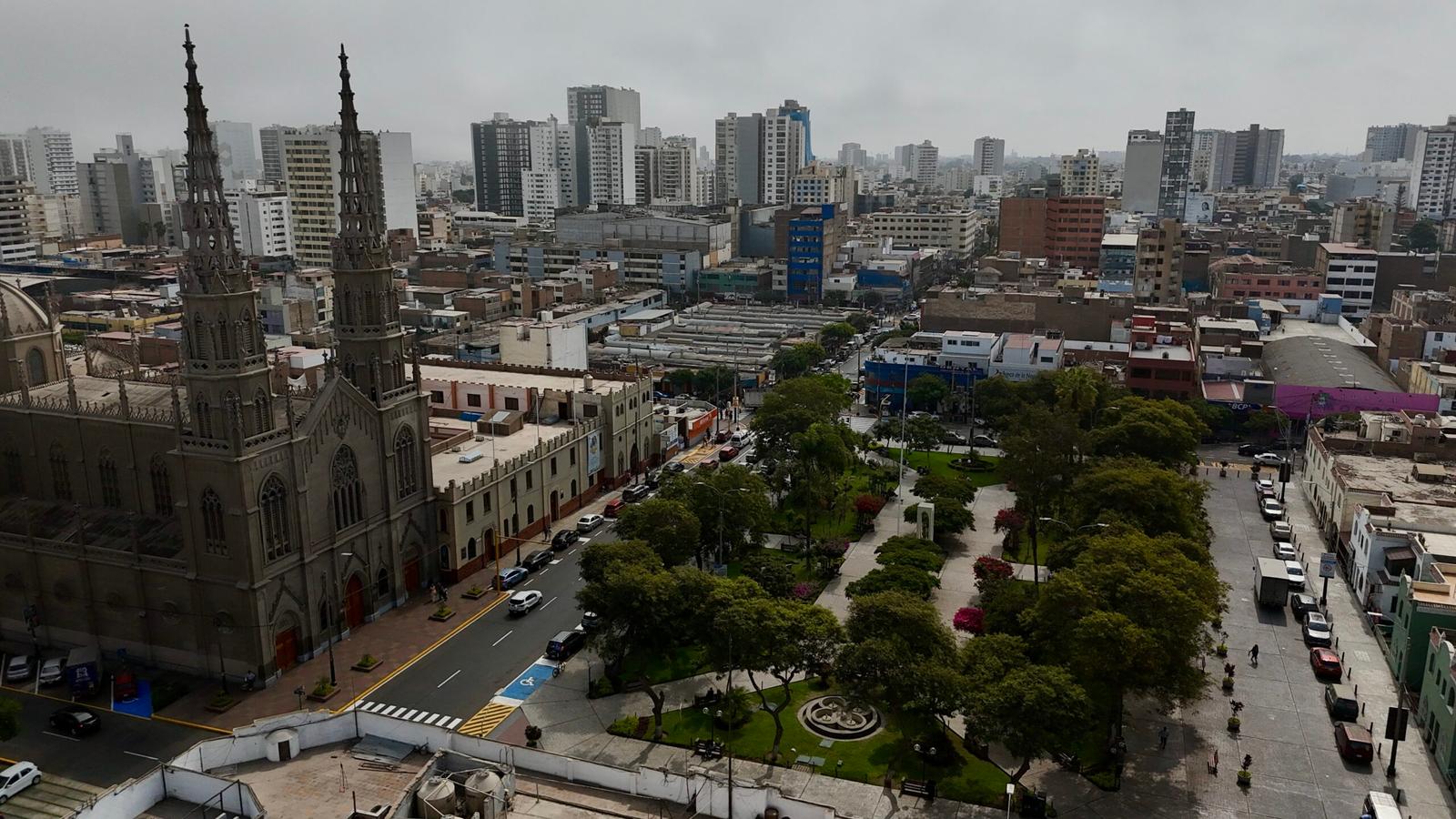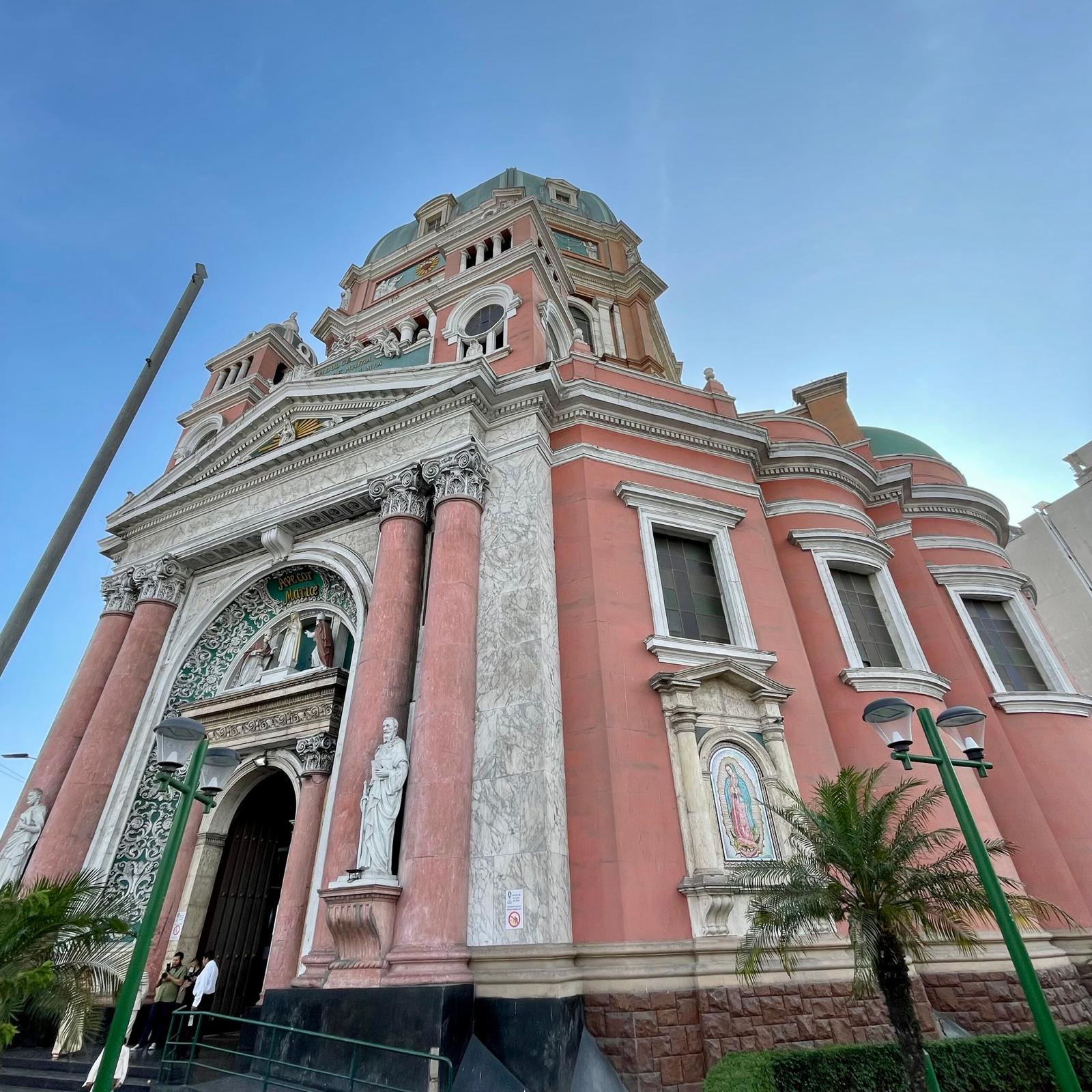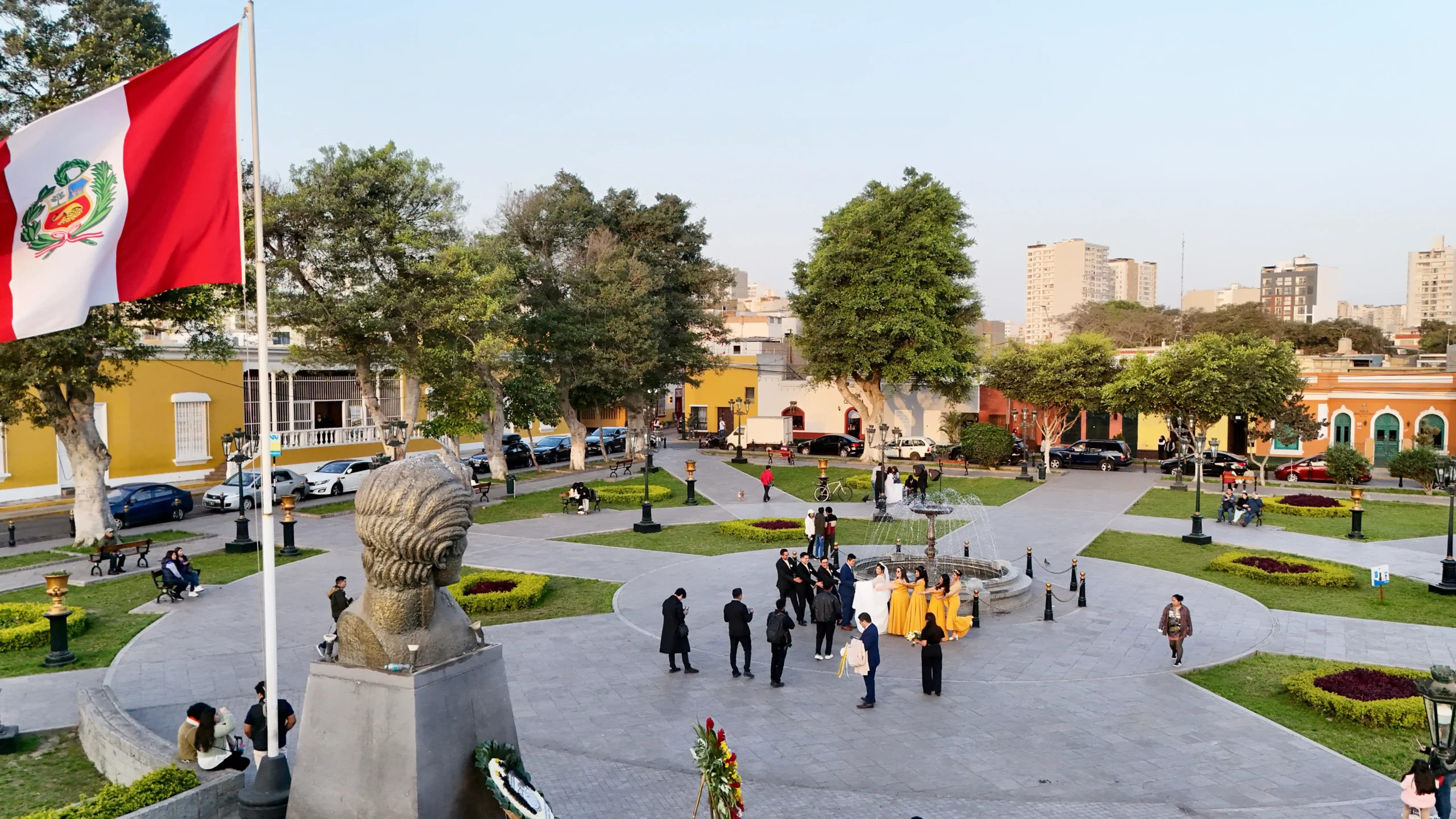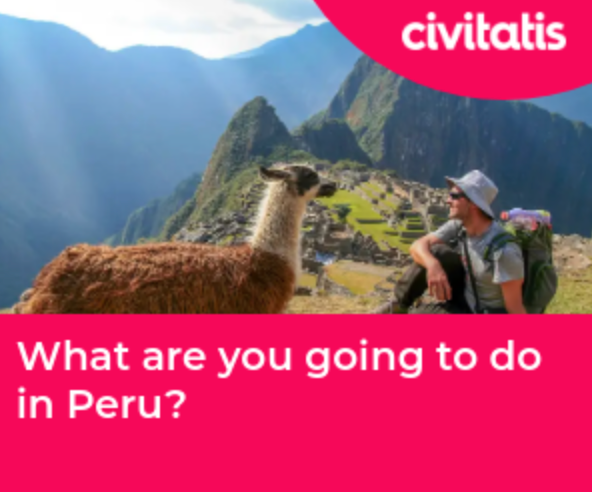Are you dreaming of Peru? Machu Picchu will likely be at the top of your list. This iconic “lost city of the Incas” truly captivates visitors, offering a profound testament to ancient history, and its magic is undeniable.
However, Peru’s history runs far deeper than just this famous site. Indeed, Peru stands as one of the great “cradles of civilization,” with its rich past stretching back over 7,000 years. The renowned Inca Empire, though celebrated, actually existed for only about 336 years, representing a small fraction of Peru’s incredibly long and diverse history.
What if you could explore thousands of years of this unparalleled heritage? Furthermore, what if you could do it right in the vibrant capital of Lima? Prepare to discover an entirely different side of this amazing country, one that reveals its ancient roots and colonial grandeur.
Many modern travelers actively seek cultural immersion, desiring to connect deeply with a destination’s rich heritage. Conveniently, Lima offers precisely that experience.
Lima’s Historic Center proudly holds UNESCO World Heritage status, showcasing its remarkable colonial past. Yet, you can uncover even more. Fascinating pre-Columbian sites hide within and around the city, each telling stories that people often overlook. Get ready for a truly enriching and unforgettable adventure.
Lima’s Ancient Heart: Where Civilizations Once Thrived
Imagine taking a step back in time. Long before the arrival of the Spanish, highly advanced civilizations flourished in this very region. Exploring Lima’s pre-Columbian sites allows you to connect directly with these captivating early inhabitants, letting you feel the echoes of their lives and innovations.

Gateway to Ancient Civilizations: Larco Museum & Huaca Pucllana
Your journey through ancient history must begin at the Larco Museum. It’s beautifully nestled in our charming Pueblo Libre district, and this is truly no ordinary museum. It stands as a world-class institution; a stunningly restored 18th-century mansion houses it. Amazingly, builders constructed this mansion right on top of a 7th-century pre-Columbian pyramid!
The Larco Museum invites you on an incredible journey, where you can explore over 4,000 years of Peruvian history. Its vast collection boasts more than 50,000 captivating artifacts, including stunning ceramics, intricate textiles, and dazzling gold and silver pieces. Be sure not to miss the unique gallery of erotic pottery – it’s certainly a conversation starter!
We recommend allocating at least two hours to wander leisurely through the exhibits, allowing you to fully absorb the ancient wonders. Afterward, you can relax in the museum’s lovely gardens, perhaps enjoying a coffee from the acclaimed on-site café.
In Miraflores, you’ll discover the impressive Huaca Pucllana. This striking adobe and clay pyramid dates back to approximately 500 AD, standing as a powerful symbol of the ancient Lima culture. It’s truly remarkable to see this pre-Inca sacred site rising prominently amidst the modern city skyline.
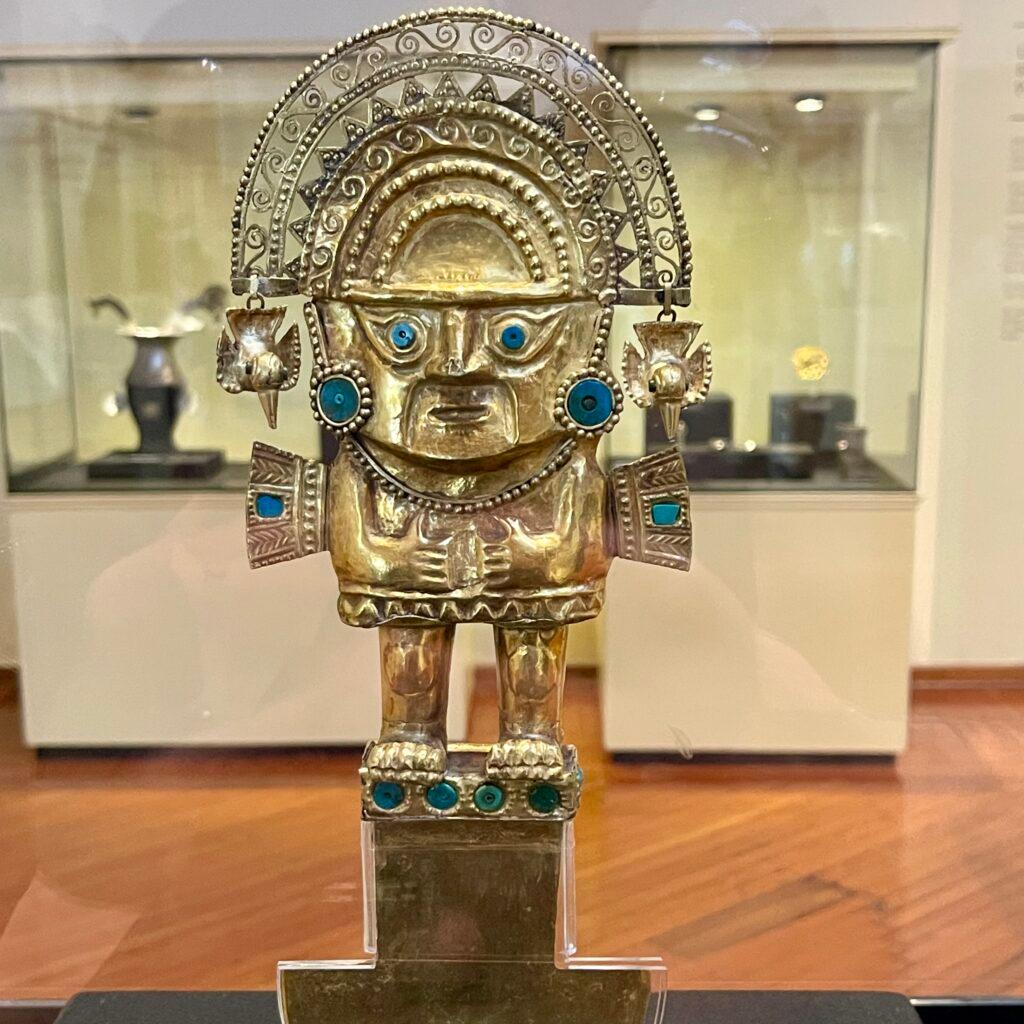
Pueblo Libre’s Own Ancient Sites
Moving on, Pueblo Libre is also home to the Complejo Arqueológico Mateo Salado. Experts describe it as “the biggest within the city.” The ancient Lima Culture originally inhabited this complex of five pyramids, flourishing between 200-700 AD.
Later, the Ychsma culture took over this vital administrative and religious center. Subsequently, the mighty Inca Empire incorporated it into their famous Qhapaq Ñan (Inca road system), integrating it into their vast road network.
Today, you can take engaging guided tours and even participate in cultural workshops here, making it a living piece of history that continues to teach and inspire. Plus, as an added bonus, it’s an easy 15 minute walk from the Larco Museum!
Another significant archaeological gem nestled in Pueblo Libre is Huaca Julio C. Tello. Dating from the 12th to 15th centuries AD, authorities have officially designated it as a protected National Cultural Heritage site.
If your itinerary allows for more exploration, consider a short trip southeast to the Archaeological Complex of Pachacamac. This expansive pre-Columbian citadel features impressive adobe and stone structures, and it once served as an ancient oracle and a major religious pilgrimage site, drawing devotees from across the region.
Travel Tip: As a day trip from Lima, you can visit Caral. Built around 5000 BC, It’s the oldest pyramid in the Americas and it’s thought to be the oldest pyramid in the world.

Walk Through History: Lima’s Grand Colonial Legacy
Lima’s Historic Center holds its prestigious UNESCO World Heritage site designation for compelling reasons. Consequently, it vividly showcases the unparalleled grandeur of the Spanish Viceroyalty, with every single street corner here telling a fascinating story of discovery and empire.
Grandeur at the Plaza de Armas Lima
Begin your colonial exploration at the Plaza de Armas (Main Square). This is the very spot where Francisco Pizarro founded Lima in 1535, marking the birth of the city. Marvel at the iconic buildings that majestically surround the square: the imposing Cathedral of Lima, the grand Government Palace, the elegant Archbishop’s Palace, and the bustling City Hall.
Try to catch the picturesque daily changing of the guard ceremony at the Government Palace – it’s truly a spectacle worth witnessing! Inside the Lima Cathedral, you’ll discover numerous historic relics and even the crypts of Francisco Pizarro himself.
Architectural Marvels: Churches and Mansions
The Iglesia y Convento de San Francisco (Church and Convent of San Francisco) stands as a true architectural masterpiece. Builders constructed it in the 16th century, and its design beautifully blends Baroque, Moorish, and Mannerist styles, creating a unique visual tapestry. Explore its intriguing museum of colonial art, and then, for a truly unforgettable and somewhat eerie experience, venture into the extensive, centuries-old catacombs that lie beneath the church.
Furthermore, the Iglesia y Convento de Santo Domingo (Church and Convent of Santo Domingo), founded in 1535, holds a particularly special place in Peruvian history. It notably serves as the founding site of the National University of San Marcos, proudly known as the “Dean of Americas,” a testament to its enduring legacy in education.
Be sure to admire the elegant colonial mansions that beautifully dot the area. Casa Aliaga is remarkably unique: Pizarro gifted it in 1535, and the very same family still owns it today! The stunning Torre Tagle Palace offers another magnificent example of colonial architectural beauty and intricate design.
Pueblo Libre: A Treasure Trove of Peruvian Heritage
Pueblo Libre, formerly “Magdalena Vieja,” boasts a profound historical depth. It holds its own significant cultural treasures, offering an authentic and concentrated slice of Peruvian life that is genuinely rewarding to explore. This charming neighborhood is an absolute must-visit for any traveler.
The Heart of Old Magdalena Vieja
Plaza Bolívar, the district’s main square, was historically the very heart of Magdalena Vieja. Here, you’ll find a beautiful bronze fountain dating from 1742 and a prominent bust of Simón Bolívar. It offers a wonderfully peaceful spot to simply observe daily life and soak in the local atmosphere.
Next, make sure to visit the Quinta de los Libertadores (Magdalena Palace). This elegant house carries immense historical weight, having served as a key site in Peru’s independence movement. Both Simón Bolívar and José de San Martín famously stayed here, and it’s truly inspiring to imagine the pivotal moments that unfolded within its historic walls.
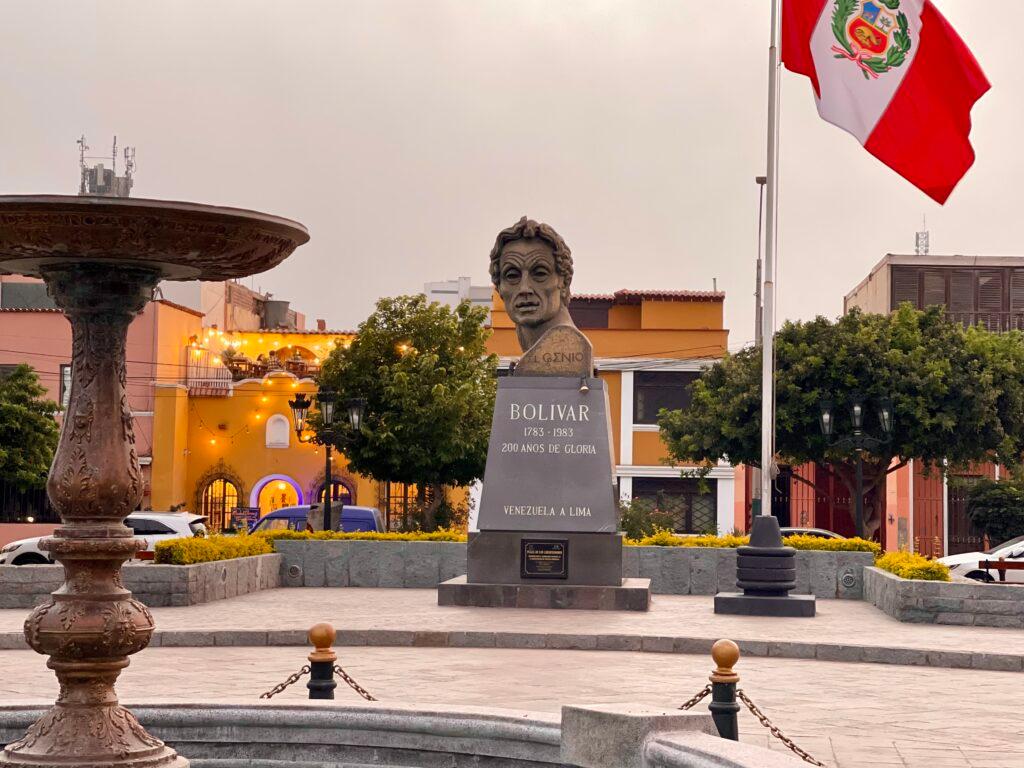
Comprehensive Cultural Journeys: The National Museum
Right near Plaza Bolívar, you’ll find the National Museum of the Archaeology, Anthropology, and History of Peru. This museum is a true treasure trove for history enthusiasts! It houses an incredible collection that spans all Peruvian cultures, taking you on a comprehensive journey from pre-Columbian times right up to the present day.
Discover fascinating artifacts from the Chavín, Paracas, and Inca civilizations, and admire beautiful colonial-era paintings. We suggest planning at least two hours for a comprehensive visit here, allowing ample time to appreciate its extensive exhibits and historical significance.

Beyond the Main Square: Other Pueblo Libre Treasures
The Santa María Magdalena Church holds the distinction of being Lima’s oldest rural church, with origins dating back to 1557. Authorities declared it a Cultural Heritage of the Nation in 1942. Its unique Isabellan-style design and beautiful baroque altar offer a fascinating glimpse into early religious history and architectural artistry.
Don’t miss other intriguing landmarks within Pueblo Libre. Be sure to see La Cruz del Viajero, a monumental cross from 1579 where travelers once paused to pray for safe journeys.
Also, discover El Ombú, a large, culturally significant tree. It was planted by José de San Martín himself after Peru gained its independence, and authorities officially recognized it as a Cultural and Historical Heritage site in 2020. The Ombú tree is older than the entire district of Miraflores.
Finally, visit the Plaza de la Bandera. This significant square is dedicated to Peru’s national symbols and it’s heros, offering you an opportunity to learn about the history of the Peruvian flag, national anthem, and coat of arms. People notably celebrate Flag Day here every June 7th.
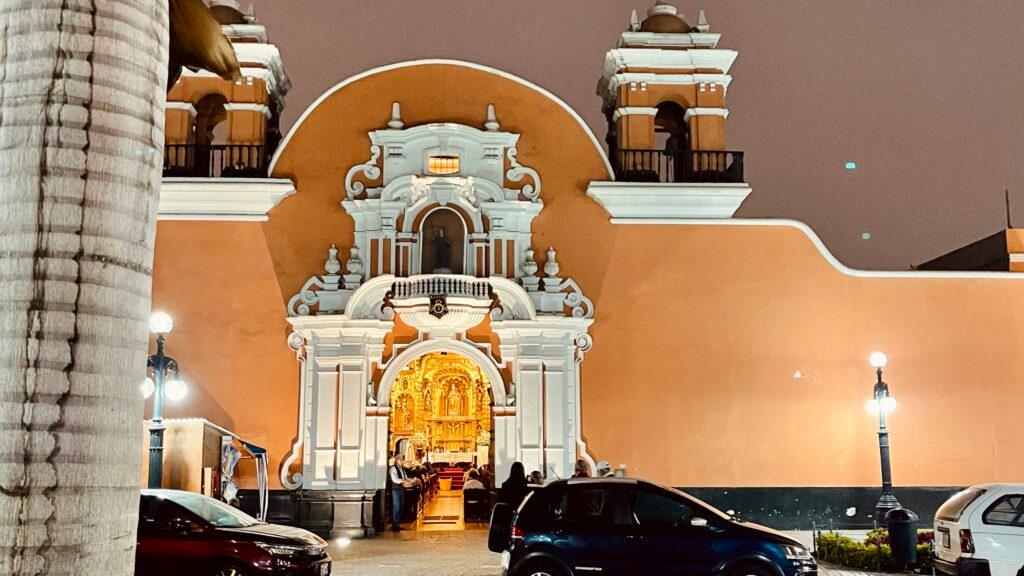
Santa María Magdalena Church in Pueblo Libre
Your Lima & Pueblo Libre Historical Checklist
| Site Name | Location (District) | Key Highlights | Why Visit |
|---|---|---|---|
| Larco Museum | Pueblo Libre | Ancient artifacts, gold, ceramics, unique erotic gallery, beautiful gardens, on-site café | Dive deep into 4,000 years of Peruvian history in a stunning setting. |
| Huaca Pucllana | Miraflores | Impressive adobe pyramid, ancient pre-Inca ruins in a modern city | Witness an ancient civilization’s legacy rising from the urban landscape. |
| Complejo Arqueológico Mateo Salado | Pueblo Libre | Large pre-Columbian complex, Ychsma & Inca history, tours & workshops | Explore a significant ancient administrative center, uncover its secrets. |
| Plaza de Armas (Main Square) | Historic Center | Colonial architecture, Cathedral, Government Palace, changing of the guard | Immerse yourself in Lima’s colonial heart, feel its vibrant history. |
| San Francisco Convent | Historic Center | Baroque architecture, colonial art, eerie ancient catacombs | Discover stunning religious art and a fascinating, chilling underground history. |
| Quinta de los Libertadores | Pueblo Libre | Independence Hall, hosted Simón Bolívar & José de San Martín | Step into a house where Peru’s independence was forged. |
| National Museum of Archaeology, Anthropology, and History of Peru | Pueblo Libre | Vast collection spanning all Peruvian cultures, pre-Columbian to modern | Get a comprehensive overview of Peru’s entire cultural and historical journey. |
| Santa María Magdalena Church | Pueblo Libre | Oldest rural church, unique design, cultural heritage site | Experience a piece of Lima’s earliest religious history and architecture. |
Lima is much more than just a brief stopover on your way to Machu Picchu. It stands as a destination brimming with its own profound historical and archaeological wonders. From ancient pyramids and pre-Columbian sites to grand colonial mansions, the city offers an unparalleled opportunity to dive deep into Peru’s layered past.
We highly recommend exploring the charming and historically rich district of Pueblo Libre. By visiting these diverse sites, you will gain a far deeper understanding of the civilizations and pivotal events that have shaped Peru as a nation.
Visiting these sites will truly enrich your Peruvian adventure, expanding it significantly beyond the iconic Inca citadel and offering a truly comprehensive cultural experience.
Start planning your journey to Lima’s heart of history today!
